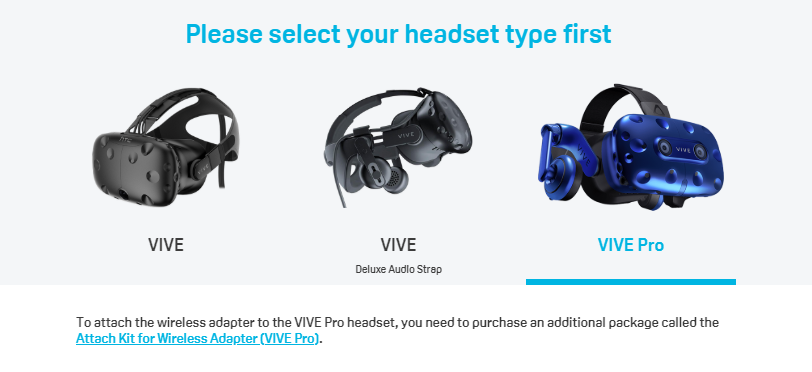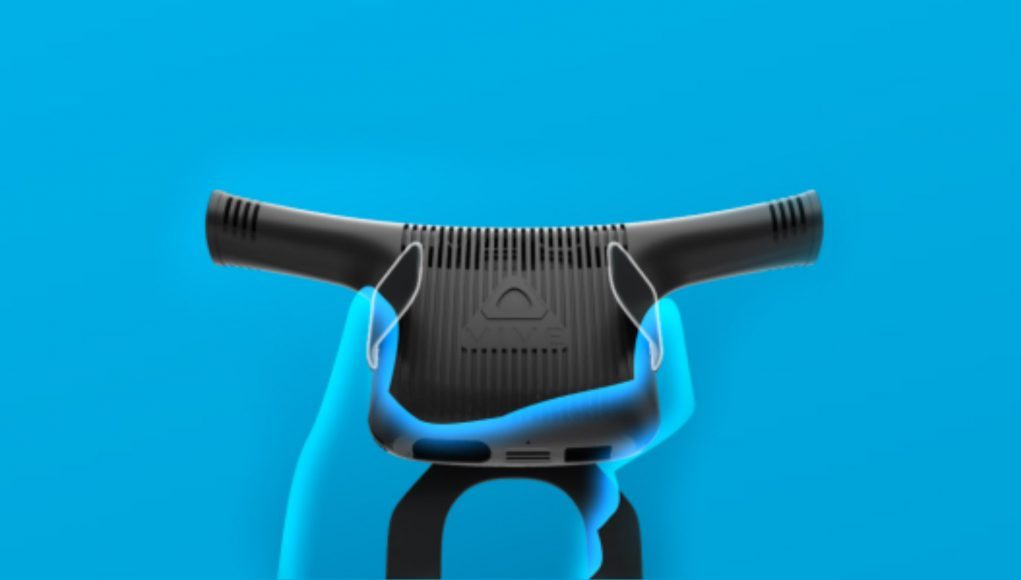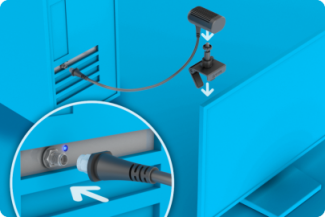HTC’s Vive Wireless Adapter, which was first unveiled at CES earlier this year, doesn’t have either a price or precise launch date yet (HTC recently said ‘late summer’), but now a setup manual has appeared on the company’s UK-facing site that details the process of installing the Intel-powered WiGig transmitter.
Uncovered by Reddit user ‘PickledJesus’, the page details the entire setup process. While you’ll probably want to read the actual web page during setup—whenever the adapter arrives on your doorstep—here’s a quick breakdown anyway of the things you’ll need to do:
The Vive Wireless Transmitter, which transmits video and audio signals wirelessly to your headset, is said to come with a PCIe WiGig card that you’ll have to install into your desktop. After installing the included WiGig card, you then hook up the wireless link box and clip it to your monitor.
From there, you’ll need to follow the individual instructions on how to mount the adapter to your Vive headset, whether it be an original Vive with standard floppy headstrap, the original Vive with Deluxe Audio Strap, or the new Vive Pro. Both original Vive setups seem fairly straight forward, with some Velcro and shorter cables to faff about with.
The Vive Pro, the website says, doesn’t come stock with the necessary bits and bobs to attach to the Vive Wireless Adapter however, so you’ll actually have to purchase an additional package called ‘Attach Kit for Wireless Adapter’. Pricing isn’t available yet, but it’s an absolute mystery why they aren’t including it as a free add-on after users have already shelled out $800 for the headset alone, which doesn’t include new 2.0 SteamVR base stations or refreshed 2.0 Vive controllers.

Lastly, you’ll need to install the Vive Wireless software and you’re hypothetically done with setup and hopefully ready to cut the cables for good.
One interesting side note: to power the wireless experience, the website claims you should only ever use the HTC QC 3.0 Power Bank, a 10,050mAh battery with Quick Charging capabilities. At $80, this is nearly double the price of a similar Anker power bank however, and the company hasn’t specified exactly why it’s so important that users shell out the extra money.
The Vive Wireless Transmitter still hasn’t hit the FCC, which is usually the last step before commercialization. So while it may not be landing on doorsteps yet, it appears we’re inching ever closer to the device’s eventual launch date. In the meantime, check out our latest hands-on here from our time with the near-finalized version of the device, as seen at E3 last month.









